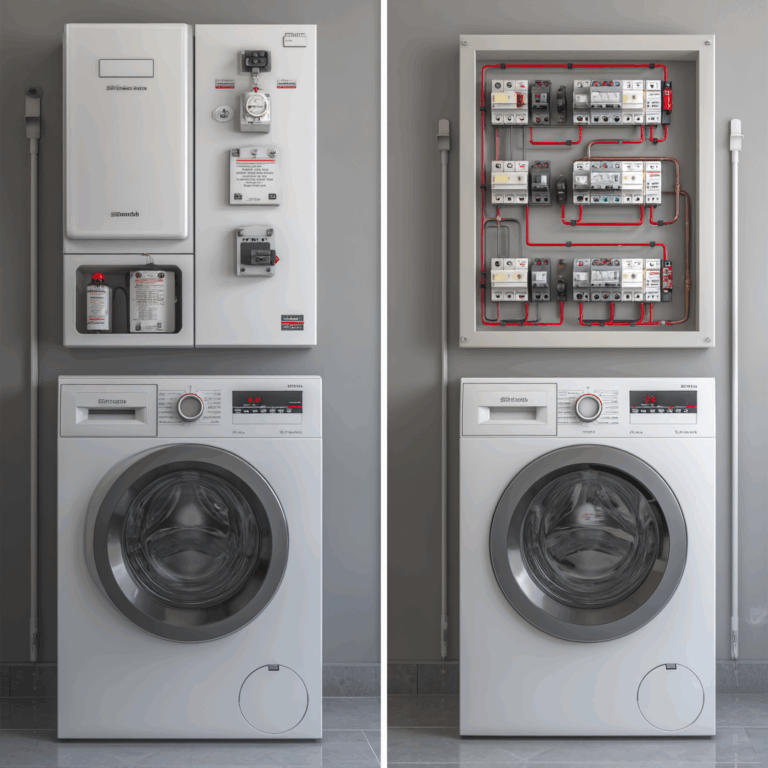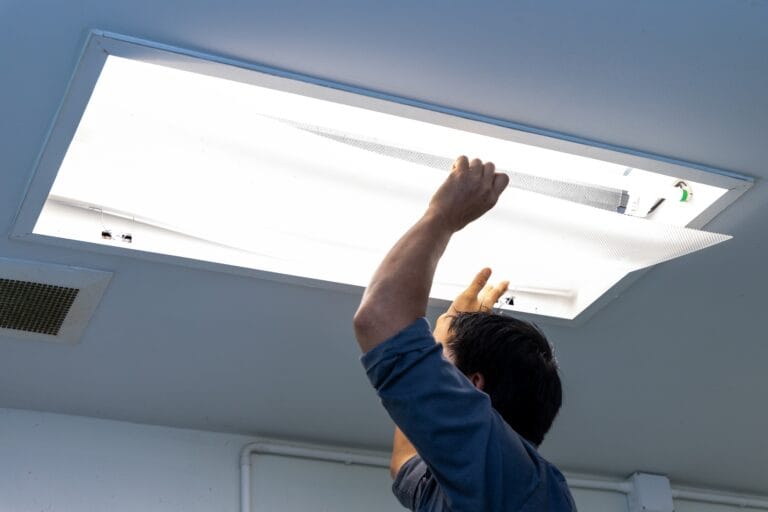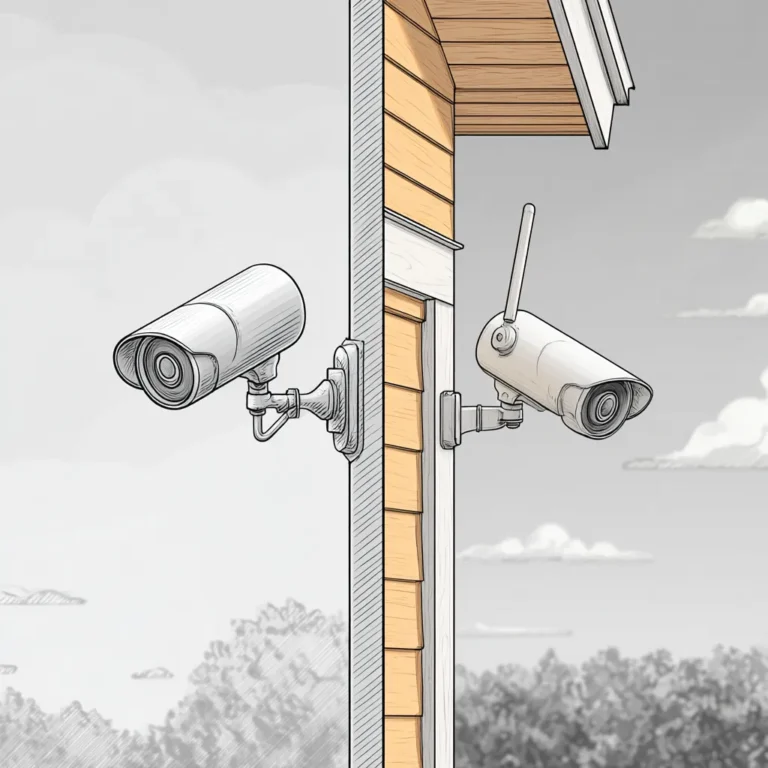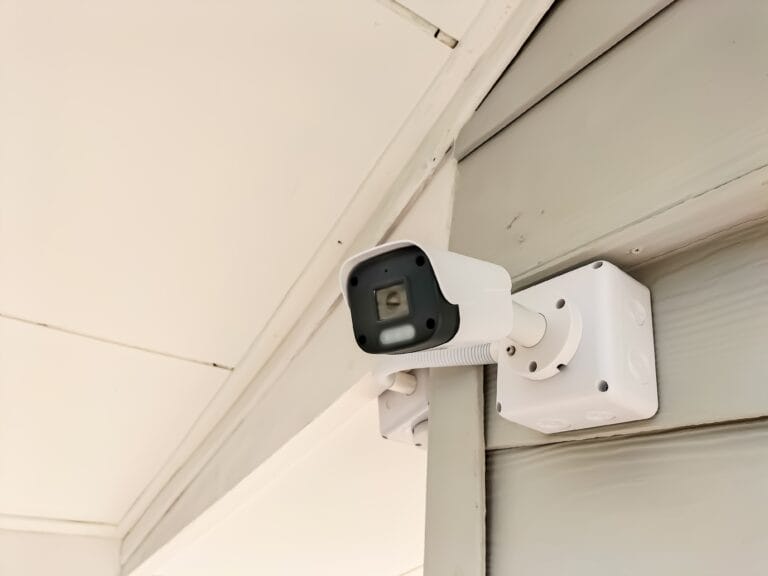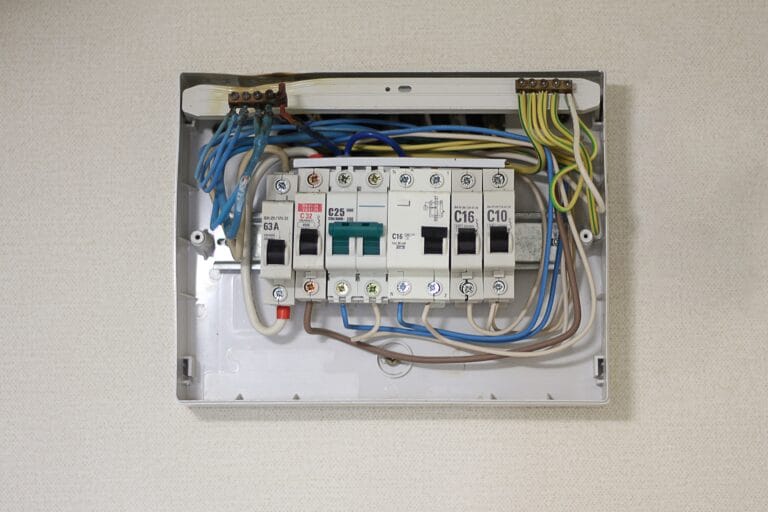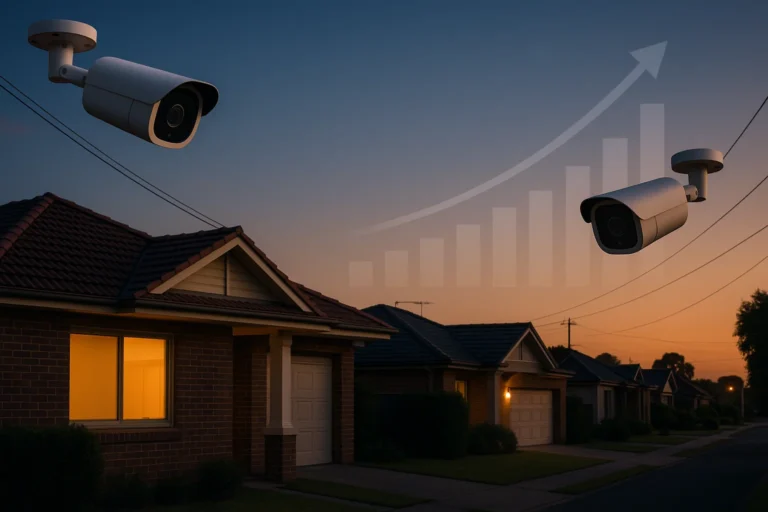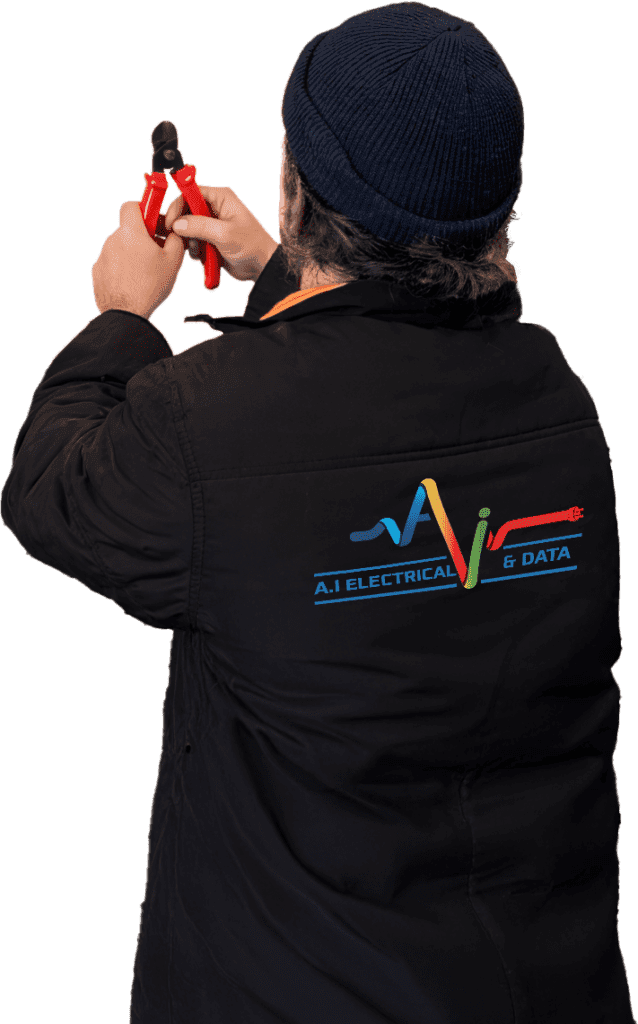Smoke Alarm Rules for Victorian Homeowners: Are You Legally Compliant?
Smoke alarms are a critical component of home safety, serving as the first line of defense against fire-related incidents. These devices not only protect property but most importantly, save lives by providing an early warning system that can mean the difference between life and death.
For Victorian homeowners, understanding and adhering to smoke alarm rules is essential. Legal compliance is not just a matter of following regulations—it’s about ensuring the safety of everyone in the home. Both landlords and tenants must be aware of their responsibilities to avoid potential legal issues.
In this article, we will discuss:
- The details of Victorian smoke alarm laws.
- Compliance standards and how they impact safety.
- Responsibilities of landlords and tenants.
- Best practices for maintaining smoke alarms.
- Consequences of non-compliance.
Your home’s safety shouldn’t be left to chance. Equip yourself with knowledge and ensure your property is legally compliant. If you’re looking for professional assistance in maintaining your smoke alarms or need help with other electrical services such as data cabling or emergency lighting, consider reaching out to a qualified electrician. For any inquiries or to schedule a service, feel free to contact us.
Understanding Victorian Smoke Alarm Laws
Understanding the details of Victorian smoke alarm laws is crucial for ensuring safety in homes and complying with legal requirements. The main law governing these regulations is the Residential Tenancies Act (RTA), which sets out rules for installing, maintaining, and using smoke alarms in residential properties throughout Victoria. This act provides a clear framework for fire safety, specifying the responsibilities of both landlords and tenants.
The Residential Tenancies Act: Key Aspects
The RTA requires that smoke alarms be installed in all rental properties, highlighting their vital role in detecting fires early and saving lives. It is essential for property owners or managers to understand this requirement. Smoke alarm laws in Victoria not only mandate the presence of these devices but also their proper functioning—regular maintenance checks and prompt replacements are necessary to comply with the law.
For example, conducting regular electrical safety inspections can help ensure that smoke alarms are working correctly. Moreover, appliance installations should be carried out by qualified professionals to prevent any electrical risks.
Smoke Alarm Requirements for Different Property Types
Victorian legislation differentiates between older and newer buildings when it comes to smoke alarm requirements:
- Older Constructions: Properties built before August 1, 1997, may have different standards compared to more recent constructions. While specific guidelines can vary, it remains essential across the board to have functioning smoke alarms installed.
- Newer Constructions: Homes built after this date must comply with updated standards which often include stricter requirements for smoke alarm placement and technology. These newer properties are typically expected to have hard-wired smoke alarms with a battery backup system, ensuring reliability during power outages.
By addressing these specifics, Victorian smoke alarm laws aim to improve safety measures tailored to various housing structures. For landlords, this means staying informed about the most current requirements applicable to their property type. Meeting these standards not only ensures legal compliance but also shows a commitment to tenant safety.
Understanding these provisions highlights the importance of being knowledgeable about smoke alarm regulations in Victoria. As these laws continue to change, it becomes crucial for everyone involved in managing residential properties—landlords, tenants, and property managers alike—to actively engage with such legislation.
In this context, it’s also worth noting the significance of proper lighting installations which can further enhance safety in residential properties. Furthermore, landlords should consider engaging commercial electricians for test and tag services on their properties’ electrical appliances as an additional safety measure.
Compliance Standards for Smoke Alarms
Ensuring your smoke alarms comply with the Australian Standard AS3786 is crucial for effective fire detection and safety. This standard sets out the requirements for smoke alarms used in residential properties across Australia, ensuring they are reliable and effective in alerting occupants to potential fires.
Key Elements of Australian Standard AS3786:
- Performance Requirements: Smoke alarms must meet specific performance criteria, including sensitivity to smoke, resistance to false alarms, and durability under various environmental conditions.
- Design Specifications: The standard mandates specific design features such as power supply options (battery-operated or hardwired) and testing mechanisms to ensure functionality.
- Labeling and Instructions: Smoke alarms must include clear labeling and user instructions for installation, maintenance, and testing.
Adhering to this standard not only ensures compliance with legal requirements but also maximizes the effectiveness of smoke detection systems in protecting lives and property.
Photoelectric vs. Ionization Smoke Alarms
When selecting a smoke alarm, consider the benefits of photoelectric smoke alarms over traditional ionization types. Photoelectric alarms offer numerous advantages:
- Faster Response Times: Photoelectric alarms are more responsive to smoldering fires, which are common in many household settings. These fires produce larger smoke particles that are quickly detected by photoelectric sensors.
- Reduced False Alarms: Ionization alarms can be prone to false alerts from cooking fumes or steam, leading to desensitization. Photoelectric models are less likely to trigger these nuisance alarms.
- Improved Safety: With quicker detection of slow-burning fires that could otherwise go unnoticed, photoelectric alarms enhance early warning capabilities, allowing occupants more time to evacuate safely.
Investing in photoelectric smoke alarms aligned with Australian Standard AS3786 can significantly boost your home’s safety. Prioritizing these features ensures legal compliance and enhances protection against the dangers of residential fires.
Additional Safety Measures
In addition to installing compliant smoke alarms, it’s also essential to consider other safety measures such as security camera installation for enhanced surveillance. Furthermore, seeking professional assistance from a residential electrician can be beneficial for wiring or rewiring tasks in your home, ensuring they meet safety standards.
Upgrading your switchboard can also improve electrical safety and efficiency in your home. If you own a commercial property, hiring a qualified commercial electrician for electrical installations or repairs is crucial for maintaining safety compliance.
For more information about our services or to learn about our expertise in electrical safety measures, feel free to visit our about page.
Responsibilities of Landlords and Tenants
Understanding the Smoke Alarm Rules for Victorian Homeowners: Are You Legally Compliant? requires both landlords and tenants to know their specific roles as outlined in the Residential Tenancies Act (RTA).
Landlord Obligations
For landlords, following smoke alarm regulations is not a choice—it’s a legal obligation:
- Installation: Landlords must ensure smoke alarms are installed in each residence. The type and placement of these alarms should align with the specifications outlined by the RTA. For professional assistance, they might consider hiring a residential electrician who specializes in smoke alarm installation.
- Maintenance: Regular maintenance is mandatory. This includes checking that smoke alarms are in working order at least every 12 months. Faulty alarms must be repaired or replaced promptly.
- Testing: Before a new tenant moves in, landlords must confirm that all smoke alarms are functioning correctly. Documentation of such checks can be beneficial in case of disputes.
- Record Keeping: Maintaining records of installation dates, maintenance activities, and test results is crucial. These records provide evidence of compliance with the RTA.
Tenant Responsibilities
Tenants also have responsibilities to ensure their safety:
- Routine Checks: While landlords handle annual maintenance, tenants should test smoke alarms monthly to ensure they are operational. Pressing the test button on each unit suffices for this check.
- Battery Replacement: In properties where battery-operated alarms are installed, tenants may need to replace batteries periodically unless it’s specified otherwise in their rental agreement.
- Reporting Issues: Any malfunctions or damages to smoke alarms must be reported to the landlord immediately. Timely communication helps avoid lapses in safety measures.
Understanding these roles ensures both parties uphold their end of the legal bargain, maintaining a safe living environment and adhering to Victorian regulations. This shared responsibility underscores the importance of proactive engagement from both landlords and tenants in fire safety management within residential spaces.
In addition to fire safety, landlords should also be aware of other electrical issues that may arise in rental properties, such as circuit breaker tripping, which could necessitate the expertise of an emergency electrician. Furthermore, if a property has ceiling fans, regular checks and maintenance on these appliances will also fall under the landlord’s responsibilities.
Best Practices for Smoke Alarm Maintenance at Home
Smoke alarm maintenance is a crucial aspect of home safety. Regular testing and timely battery replacement are key to ensuring your smoke alarms function effectively. Monthly testing is recommended for all smoke alarms, allowing you to verify that they are in working order. Simply press the test button on your device; if it fails to sound, it’s time for a battery change or further inspection.
Battery Replacement Tips
- For units with replaceable batteries, change them at least once a year.
- Consider replacing traditional batteries with long-life lithium ones that can last up to ten years.
- Always have spare batteries on hand for immediate replacements.
Beyond the alarms themselves, integrating additional safety measures can significantly enhance protection:
Additional Fire Safety Measures
- Fire Extinguishers: Keep at least one fire extinguisher accessible in key areas such as the kitchen and garage. Ensure all household members know how to operate them.
- Escape Plans: Develop and practice an emergency escape plan with your family. Identify multiple exit routes from every room and establish a designated meeting point outside.
- Regular Drills: Conduct fire drills twice a year to ensure everyone remembers the escape plan and can execute it efficiently during an emergency.
- Clear Pathways: Maintain clear pathways and exits free from obstructions to facilitate quick evacuation.
- Electrical Safety Checks: It’s also essential to regularly check your home’s wiring for any warning signs of potential hazards. Common indicators of unsafe wiring include tripping breakers, flickering lights, and hot outlets. These issues often get overlooked but can pose serious risks AI Electrical & Data.
- Install Safety Switches: Consider having a safety switch installed by a professional electrician to provide an extra layer of protection against electrical faults.
By adhering to these maintenance tips for smoke alarms and implementing comprehensive safety measures beyond just alarms, Victorian homeowners can secure their homes against potential fire hazards effectively. This proactive approach ensures not only compliance with legal obligations but also peace of mind knowing your home is well-protected.
Consequences of Not Following Victorian Smoke Alarm Laws
Following smoke alarm rules isn’t just about safety; it’s also a legal requirement. The Residential Tenancies Act (RTA) has clear rules for smoke alarms, and not following them can lead to serious consequences for both landlords and tenants.
Consequences for Landlords
If landlords don’t comply with the RTA, they may face:
- Fines: Large fines will be imposed if smoke alarms are not installed or maintained as per the RTA. These fines can quickly accumulate, especially if there are multiple properties involved.
- Civil Penalties: In addition to fines, landlords may also face civil penalties which could include compensation orders if tenants are adversely affected.
- Legal Action: Tenants have the right to take legal action against landlords who do not comply, which can complicate matters further and potentially result in expensive legal battles.
Consequences for Tenants
Tenants also have responsibilities under the law:
- Negligence Penalties: If tenants fail to report any issues with the smoke alarm or remove batteries without permission, they may face penalties. Landlords could seek compensation for any damages caused by tenant negligence.
- Lease Violations: Tenants who do not fulfill their obligations may be violating their lease agreement, which could lead to eviction or other penalties specified in the lease.
Understanding these consequences emphasizes the importance of keeping smoke detection systems up-to-date in every property. Following Victorian smoke alarm laws is essential for protecting everyone involved – landlords, tenants, and even visitors.
Conclusion
Fire safety awareness among Victorian homeowners is not just a legal obligation; it’s a commitment to safeguarding lives and property. With the Smoke Alarm Rules for Victorian Homeowners: Are You Legally Compliant?, understanding and adhering to these regulations is crucial.
- Proactive Measures: Ensuring compliance with smoke alarm laws isn’t just about avoiding penalties—it’s about being proactive in protecting your family and home.
- Regular Maintenance: Regular checks, timely battery replacements, and keeping up with maintenance schedules can make all the difference in emergency situations.
- Safety First: By prioritizing fire safety, you build a secure environment where you can rest easy knowing you’ve taken every step to prevent disaster.
Being informed and attentive to these responsibilities ensures that your home remains a safe haven. Prioritize fire safety measures today and contribute to a safer community.

